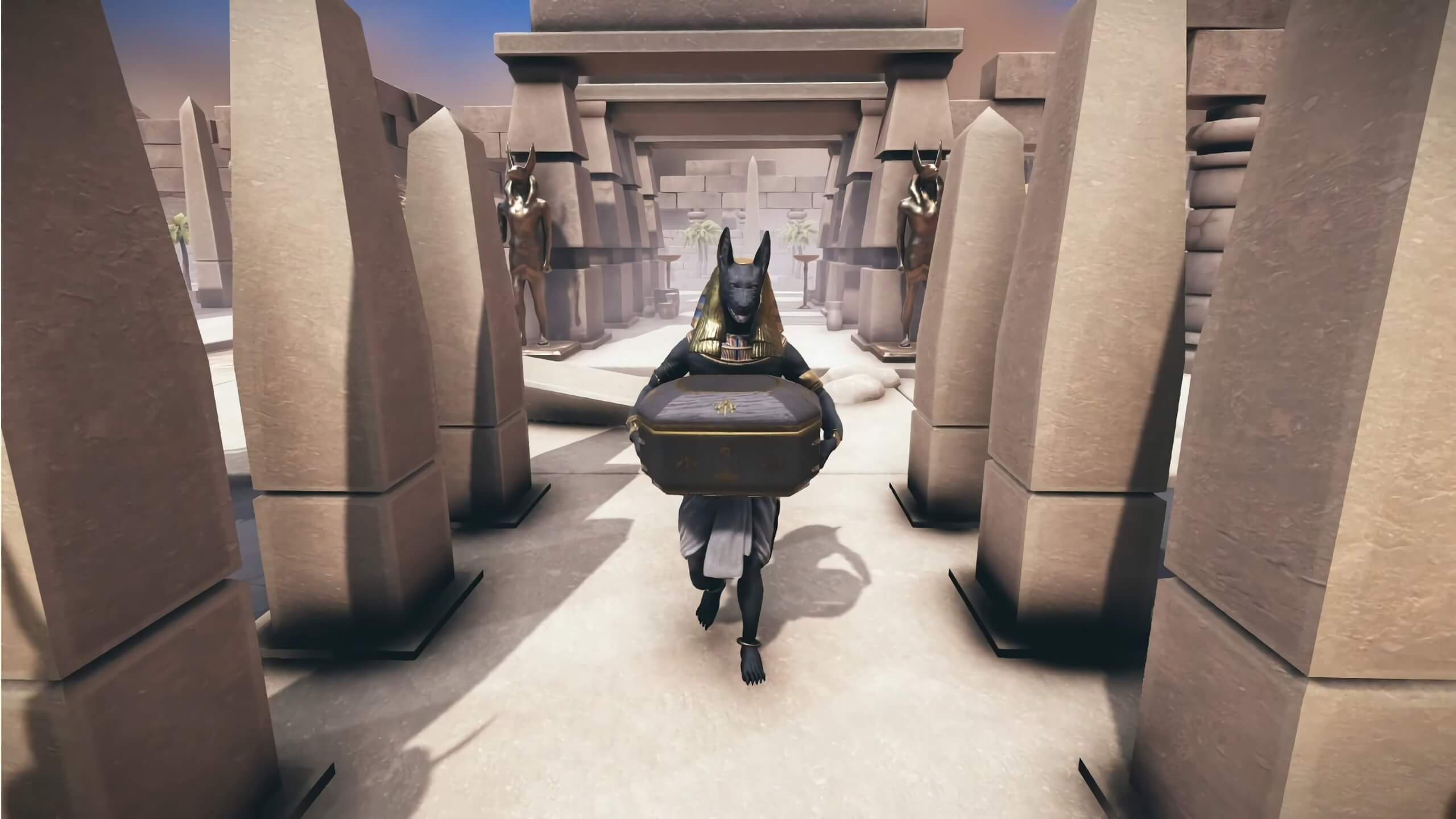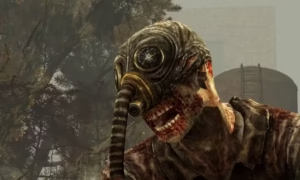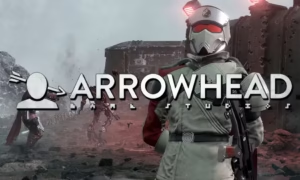Techno tricks that create real looking computer game characters
Underneath an overcast sky are weeds clinging through cracks of pavers outside, while somewhere far off a barking dog seems to signal no one is around to respond to its call for attention.
Once inside, it becomes evident that people were hiding within its shadowy, rubble-strewn interior – possibly those looking for him, people who intended on killing him.
“This game truly baffles my brain into thinking it is real!” is one of the comments left below the YouTube video showcasing Unrecord, an upcoming title by French indie game studio Drama.
It amassed millions of views within weeks, creating an instantaneous buzz within the games industry. Critics on social media raised doubts as to whether it truly represented gaming experience; some commentators felt too real of an experience could result.
Drama declined an interview request by the BBC due to their busy schedule with investors and publishers.
But graphics in many different games have recently seen noticeable advances, perhaps approaching “photorealism”, meaning images or videos taken of real life are difficult to distinguish from each other.
Piers Harding-Rolls, director of games research at Ampere Analytics. explains that part of what makes Unrecord’s demo so realistic are some clever techniques employed during production.
Mr Harding-Rolls points to the shaky camera which simulates actual crime scene footage. Dim lighting, gritty textures and audible urban bustle help as well.
But does the possibility make some uncomfortable?
Harding-Rolls observes, “That setting for it resembles some of the more disturbing footage from real life.”
Drama has stated on Twitter that her game does not draw inspiration from any specific real-life events.
Closer inspection of still images from video may reveal objects and textures which don’t resemble real world environments – this might not matter, but does put into question that perception that your game is photorealistic.
Harding-Rolls notes the significance of graphics advances to the games industry: “Consumers want this; they love looking at something amazing and thinking ‘Wow, this looks incredible.’.”
Rachel McDonnell of Trinity College Dublin agrees that Unrecord’s video is impressive but mentions certain character animations as potentially being cumbersome.
They evoke memories of characters falling over and dying according to predefined sequences in other games.
“Animation still hasn’t caught up to rendering in games yet,” according to Regan, and crowd simulation can be particularly tricky to pull off successfully.
“They continue to display bizarre behaviors such as running around aimlessly or getting trapped – this immediately displaces your presence from the game.”
Experiments conducted by her and her colleagues suggest that players’ immersion into games depends more heavily on how a character moves than on its looks.
Screenshot from Monster Emporium showing computer generated lion and cub rendered using Unity software with two million individual fur strands rendered to create their furry bodies
Marc Whitten, president of Create Solutions at game software provider Unity notes that today’s most realistic content relies on extremely precise 3D modelling of objects.
Last year, Unity unveiled a computer generated clip depicting an animated lion and cub with over two million individually rendered fur strands.
“Without that detail it would not look photorealistic”, states Mr Whitten. His firm has created highly realistic human figures using digital puppetry technology for subtle facial expression control.
He goes on to note there’s still much room for improvement: clothing simulation is still far off from appearing photorealistically in games.
Neural Radiance Fields, or NeRFs, is an emerging technology for game graphics that California-based Luma AI specialises in and already has customers using NeRFs to make games.
NeRF is an artificial intelligence (AI) system capable of representing objects or scenery captured on photographs or video footage in their real world context.
“When shown images from different perspectives, Luma AI network learns how light bounces off each surface,” states Luma AI co-founder Amit Jain. It measures light and learns from it.”
Simulating how light reflects off a motorbike seat versus its headlamp is very challenging and simulating it in a game can be even harder, yet Nerfs could help automate that process and simplify gameplay.
Some of today’s finest game graphics utilize what is referred to as ray-tracing; accurate simulations of how light bounces off surfaces or forms glowing effects around neon signs and so forth.
AI technology has enabled gamers to produce these effects even with modest increases in chip performance, according to Bryan Catarzano, Vice President of Applied Deep Learning Research for Nvidia.
“To build and depict our world more intelligently”, states Mr. Argueevski.
Cyberpunk 2077, an action-adventure game, now offers Ray Tracing: Overdrive mode as an example of its significance. This mode demonstrates its dramatic effects.
Nvidia claims its Deep Learning Super Sampling (DLSS) technology allows developers to produce high-resolution graphics featuring ray-tracing with AI.
“Our model’s been trained to understand what things look like in real life,” states Mr Catarzano.
At times, games become difficult to distinguish from real life, according to Nick Penwarden, vice president of engineering for Epic Games.
But according to him it remains very challenging to convincingly render certain materials such as an oil sheen on water surface puddle.
“Unfortunately, those are aspects which we do not yet possess the tools to simulate in real time,” according to him.
Doing it on either games consoles or home PCs is what’s essential; for movies with CGI imagery, however, giant computers with multiple cores might take many minutes or more to render each frame individually.
Improved lighting effects and material simulations offer artists working on all forms of videogames an edge, according to Mr Penwarden. They add depth and complexity to stylised or cartoonish environments while giving the game greater authenticity and immersion.
One of the greatest advantages to creating photoreal images is how technology can take over much of the work,” according to him.







